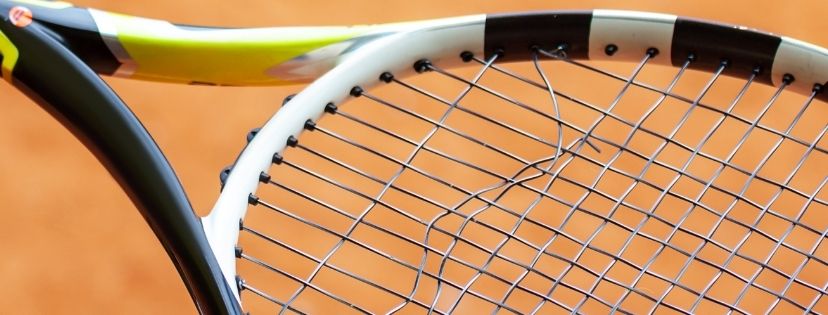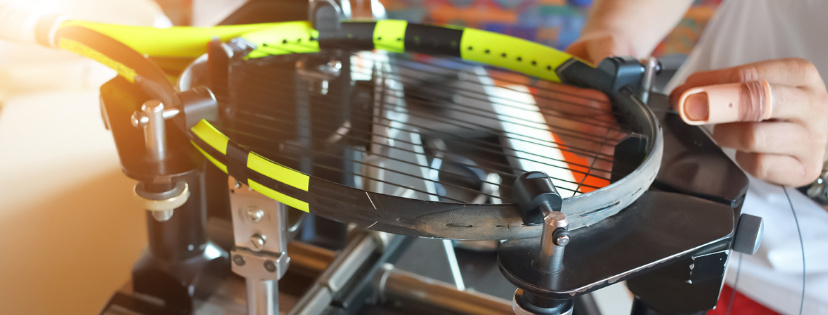Tennis is a sport that requires players to have quick reflexes and good hand-eye coordination. There are many factors that can affect your performance on the tennis court, but one of the most important things is choosing the best tension for your tennis racquet strings.
Stringing a tennis racquet too tightly or too loosely will cause you to lose power and control respectively, so it’s important you get this part of your game just right!
The best tension for tennis racquet strings is going to depend on the player’s skill level and playing style
String tension is just as important as what string you use in your tennis racket. It can seem even more complicated than choosing a string, but there are a few easy questions to ask yourself when deciding at which tension to have it strung:
- What’s my playing style and skill level?
- Do I hit hard or soft shots most often?
- Where do I play on the court, am I a baseliner? How much topspin do I generate with each shot during play?
String tension for beginners
For beginners, a low tension will be easier to control and provide more power.
I would start at 52 pounds and see how it feels for the average club player. Just keep in mind that tension loss will occur pretty quickly. So your preferred tension depends on how often you are willing to restring your racket.
- Beginner: 50lbs (22.5kg)
- Intermediate: 51-52lbs (23-23.5kg)
String tension for advanced players
Advanced players should use a higher tension in order to get more spin on the ball.
We would suggest for most advanced players that you start at 54lbs. Test out the feel for yourself most people say there is a big jump from 52 to 58. Because of this we recommend going with 54lbs if possible, it will give you more options as time goes by.
- Advanced: 53-54lbs (24-24.5kg)
String tension for professional players
A professional player would probably want to experiment with different tensions depending on their opponent.
High-level professionals might even want two racquets of different tensions so they can vary their game according to their opponent’s style and weaknesses.
Tennis string tension FAQ’s
String tension if you suffer from tennis elbow
Finding the right tension for tennis elbow can be a long process, but there are some things you should look out for. First of all, if your strings get too loose it will cause poor control over shots and make maneuverability difficult. At the same time though, going to lower tensions might help provide more relief from pain in the short term while increasing comfort. Overall as well through reduced vibrations caused by heavier strings which give off less shock on impact with groundstrokes or serves.
We recommend that people work closely with their stringer until they find an ideal balance between power and control. This will help you hit the ball hard without sacrificing too much spin power.

Do tennis strings lose tension overtime?
Its worth keeping in mind that your tennis string may lose up to 10 percent of its tension in the first 24 hours after it is strung. Every day that passes, your strings continue to become looser because they are not constantly being hit by a racket during serve and play. You may notice your strings start to ‘run’ across the bed of your racket face. When this happens your strings will begin fraying and will eventually snap. This is to be expected and a natural part of the game.

Conclusion: best tension for tennis racquet strings
Generally speaking, beginners should use lower tensions. This is because they’ll want more control over their shots while advanced players should experiment with higher tensions in order to get a greater spin on the ball. A professional tennis player would probably want to play around with different tensions depending on who they’re playing against.
So what’s the best string tension for tennis? There isn’t one single answer because it depends on your skill level and playing style. But it should be noted that most tennis players prefer medium-high tensions (52-55lbs).
How to pick the best tennis strings
Now you have learned about tennis string tension, check out our buyers guide for tips about how to pick the best tennis strings for your game!


Comments are closed.